Key Takeaways
- The Cavalier Period’s fashion was characterized by its luxurious and extravagant use of materials.
- Lace, gold, and royal blues were prominent colors and fabrics in this era.
- This period saw the rise of a new fashion identity tied to aristocracy and opulence.
- Clothing styles were heavily influenced by social status and political power.
- The intricate designs and fabrics signified wealth and position in society.
- Men and women both embraced flamboyant styles, though each had distinct elements.
- The influence of foreign courts, particularly France, shaped Cavalier fashion.
- Understanding the fashion of this period provides insight into the cultural and social dynamics of the time.
In the heart of the 17th century, a vibrant tapestry of fashion emerged, intricately woven with the threads of social change, political power, and cultural evolution.
The Cavalier Period, known for its flamboyant and opulent style, was a time when fashion was not just about clothing but a statement of identity, status, and allegiance.
The rich colors of gold, and royal blue, and the delicate beauty of lace defined this era, painting a vivid picture of a society steeped in luxury and elegance.
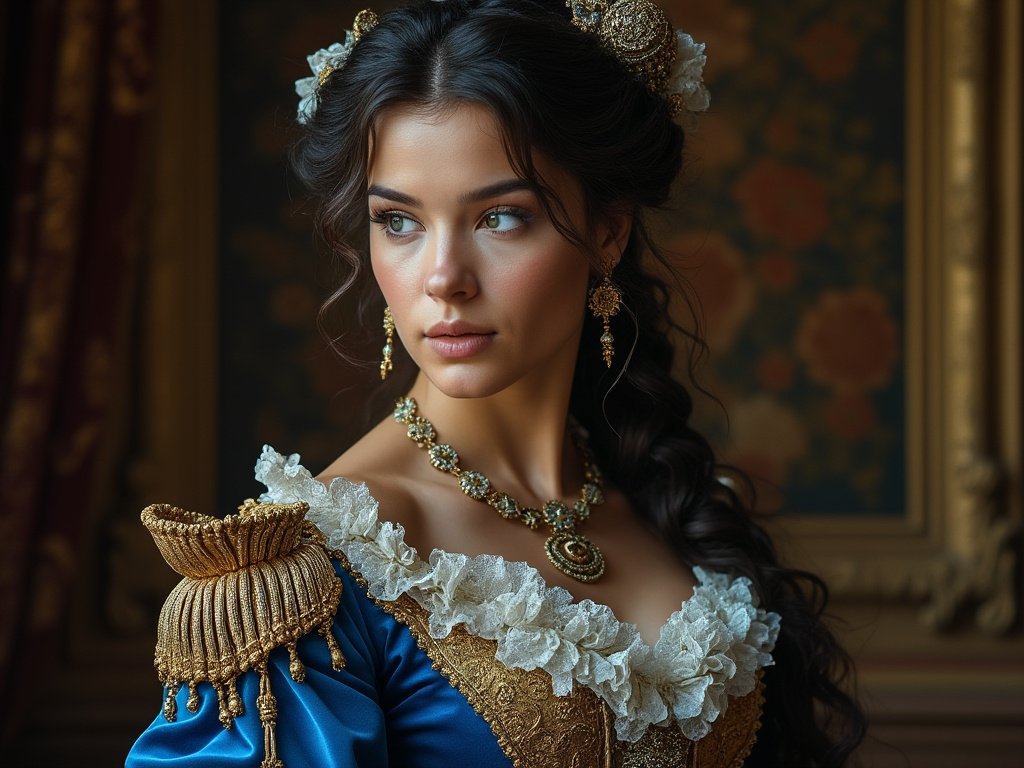
The Rise of Cavalier Fashion
The Cavalier Period saw the dawn of a new fashion era, where opulence and grandeur became the hallmarks of aristocratic style. This shift was not merely about aesthetics but reflected the broader social and political changes of the time.
The Influence of Aristocracy
During this period, the aristocracy wielded immense power, and their clothing choices mirrored their status. Lavish fabrics, intricate designs, and bold colors were the order of the day. Gold threads interwoven with silk and lace created garments that were as much a display of wealth as they were of fashion.
Political Power and Fashion
Fashion during the Cavalier Period was also a political statement. The allegiance to the monarchy or the parliament was often subtly reflected in the choice of clothing. Royalists, known as Cavaliers, embraced a style that was flamboyant and elaborate, distinguishing themselves from the more austere Puritans.
The Evolution of Fabrics
The period saw significant advancements in fabric production. Lace, in particular, became a symbol of luxury. Imported from France and Italy, it adorned collars, cuffs, and sleeves, becoming a staple of Cavalier fashion. The use of gold and royal blue further emphasized the aristocratic preference for richness and splendor.
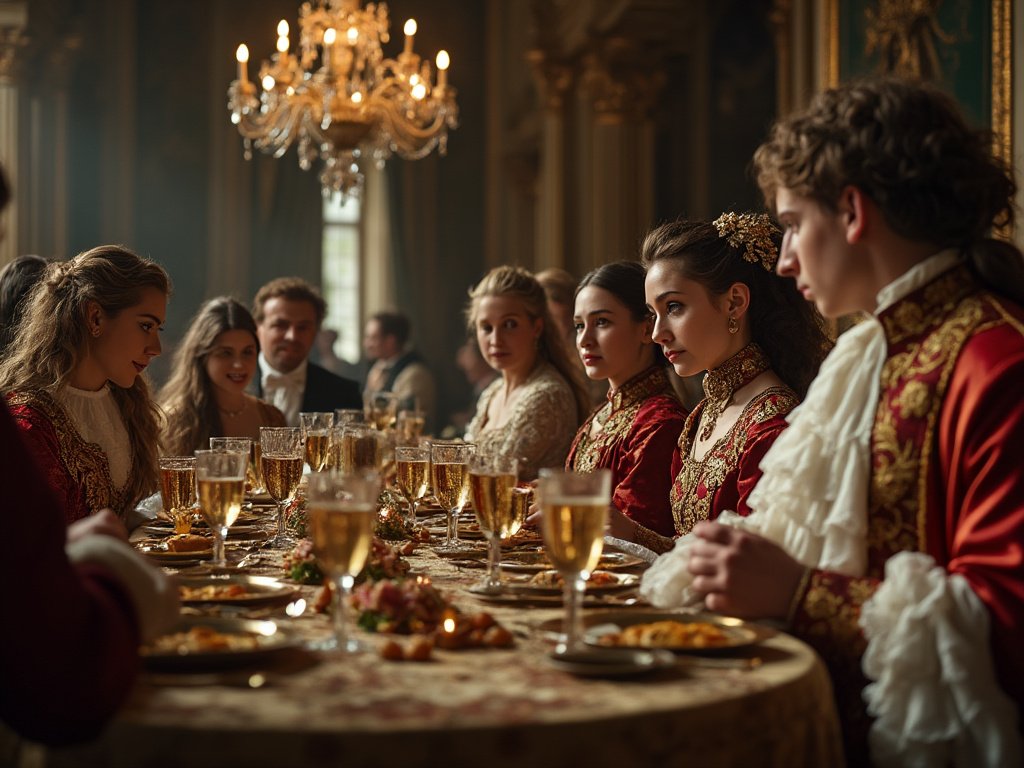
Key Elements of Cavalier Attire
Cavalier fashion was characterized by specific elements that set it apart from other periods. These elements were not just about aesthetics but were imbued with cultural and social significance.
Lace: The Fabric of Elegance
Lace was more than just a decorative element; it was a statement of elegance and refinement. The intricate patterns and delicate craftsmanship of lace made it a prized possession among the aristocracy. Men and women alike adorned their garments with lace, making it a ubiquitous feature of the period.
Gold: The Color of Wealth
Gold, with its shimmering allure, symbolized wealth and power. It was used extensively in embroidery, threads, and accessories. The brilliance of gold against rich fabrics like velvet and silk created a visual spectacle that was both regal and mesmerizing.
Royal Blue: The Hue of Nobility
Royal blue was another dominant color of the period, signifying nobility and prestige. The deep, rich hue of royal blue fabrics was often complemented by gold and lace, creating a striking contrast that was both elegant and commanding.

The Impact of Foreign Influence
The Cavalier Period was not isolated from the broader currents of European fashion. The influence of foreign courts, particularly that of France, played a crucial role in shaping the styles of the time.
The French Connection
French fashion, known for its sophistication and elegance, had a profound impact on the Cavalier style. The French court, with its emphasis on luxury and grandeur, became a model for English aristocrats. The importation of French fabrics and designs further integrated these influences into Cavalier fashion.
Cross-Cultural Exchange
The exchange of cultural and fashion ideas between England and other European countries enriched the fashion landscape of the period. Elements such as the use of lace and the preference for rich colors and fabrics were a result of this cross-cultural interaction.
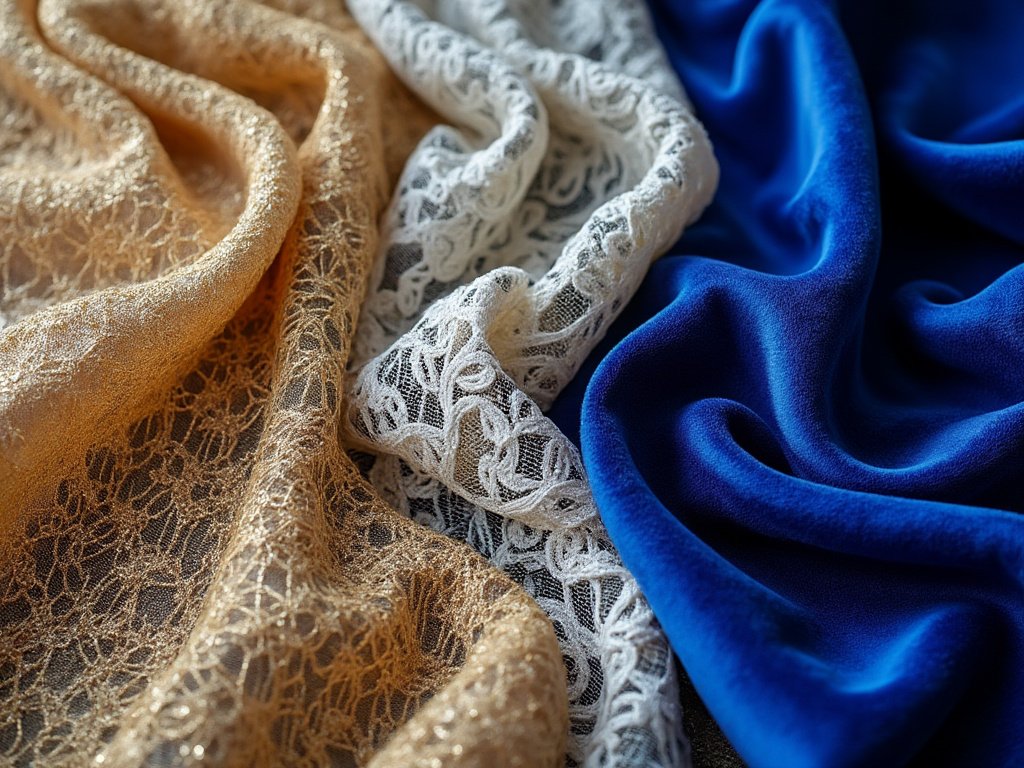
Men’s Fashion in the Cavalier Period
Men’s fashion during the Cavalier Period was characterized by its flamboyance and attention to detail. The attire was designed to convey power, status, and a sense of daring elegance.
- Doublets adorned with lace and gold embroidery
- Wide-brimmed hats with feather plumes
- Knee-high boots made of fine leather
- Richly colored cloaks and capes
- Elaborate collars and cuffs
- Breeches that were full and often padded
- Swords and other accessories that added to the air of nobility
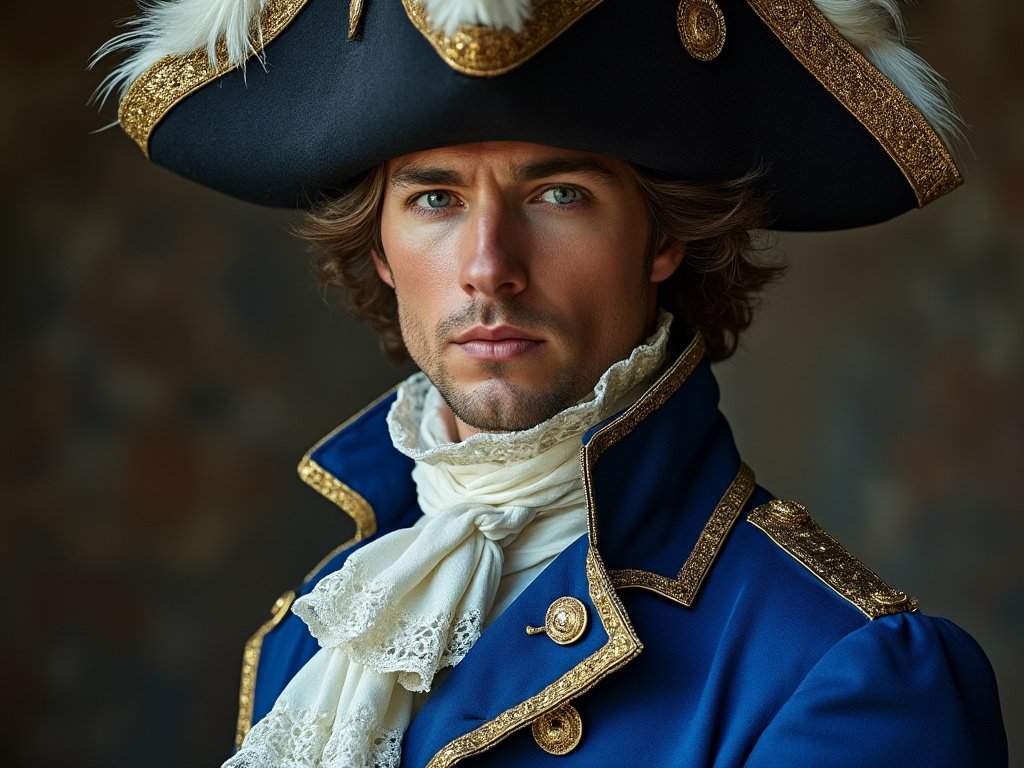
Women’s Fashion in the Cavalier Period
Women’s fashion was equally extravagant, with an emphasis on opulence and intricate detailing. The attire was designed to enhance the feminine silhouette while showcasing wealth and status.
Dresses and Gowns
Women’s dresses were made of luxurious fabrics like silk and velvet, often adorned with lace and gold embroidery. The gowns featured full skirts, fitted bodices, and elaborate sleeves, creating a silhouette that was both graceful and commanding.
Accessories and Embellishments
Accessories played a crucial role in completing the look. Lace collars, jeweled brooches, and ornate fans were common. Hair was styled in elaborate curls and adorned with ribbons and jewels, adding to the overall opulence of the attire.
The Role of Corsets
Corsets were an essential part of women’s fashion, shaping the waist and enhancing the figure. They were often made of silk and decorated with lace and embroidery, reflecting the period’s emphasis on luxury and refinement.
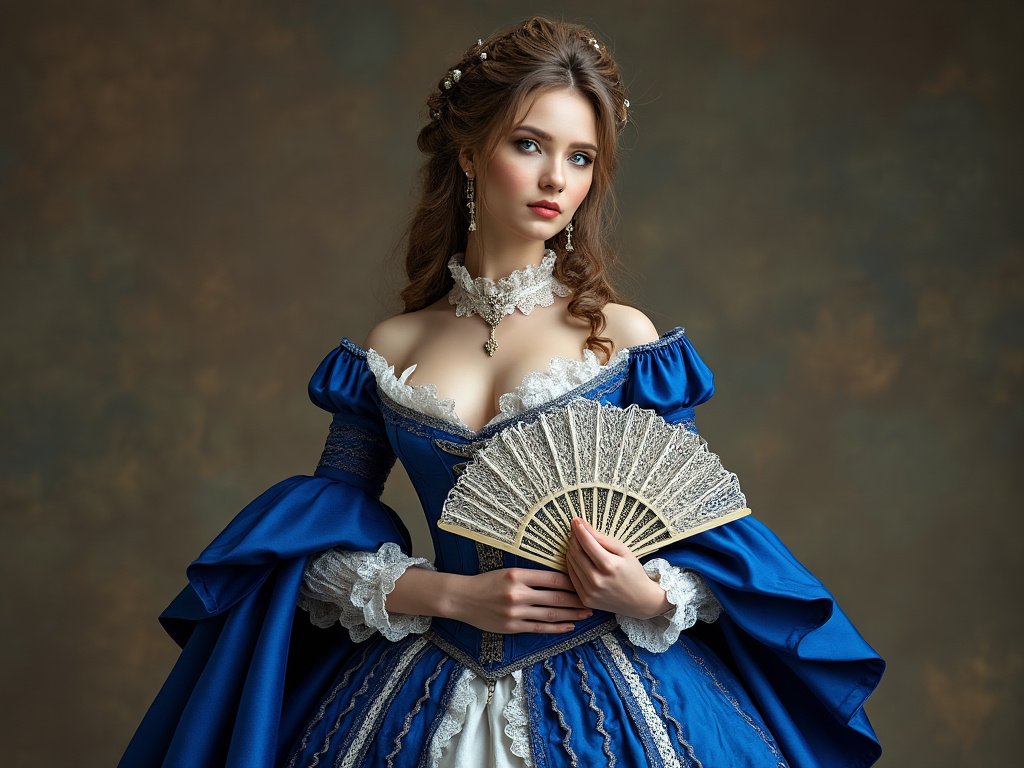
The Social Significance of Fashion
Fashion during the Cavalier Period was not just about aesthetics but was deeply intertwined with social and cultural dynamics. The choice of clothing was a reflection of one’s social status, political allegiance, and personal identity.
Fashion as a Status Symbol
The elaborate and luxurious nature of Cavalier fashion was a clear indicator of social status. The ability to afford such opulent clothing was a privilege reserved for the aristocracy and the wealthy. Clothing became a means of displaying one’s position and wealth in society.
Political Allegiances and Attire
The choice of clothing also served as a political statement. Royalists, known for their support of the monarchy, adopted a style that was distinct from the more austere and plain attire of the Parliamentarians. This division in fashion mirrored the broader political divide of the period.
Personal Identity and Fashion
Fashion was a means of expressing personal identity and individuality. The flamboyant and extravagant styles allowed individuals to showcase their personalities and tastes.
The choice of colors, fabrics, and accessories all contributed to a unique personal style that was both a reflection of the times and a statement of self.

The Legacy of Cavalier Fashion
The influence of Cavalier fashion extended beyond the period itself, leaving a lasting impact on the fashion landscape of subsequent eras.
The Influence on Baroque Fashion
The opulence and grandeur of Cavalier fashion set the stage for the Baroque period. The emphasis on luxury, intricate designs, and rich fabrics continued to shape fashion trends in the years that followed.
Modern Interpretations
The influence of Cavalier fashion can still be seen in modern fashion. Elements such as lace, gold embroidery, and the use of rich colors continue to inspire contemporary designers. The period’s emphasis on individuality and self-expression resonates with modern fashion sensibilities.
Cultural Impact
The cultural impact of Cavalier fashion extends beyond clothing. The period’s aesthetic has influenced art, literature, and theater, contributing to a broader cultural appreciation of the era’s style and elegance.
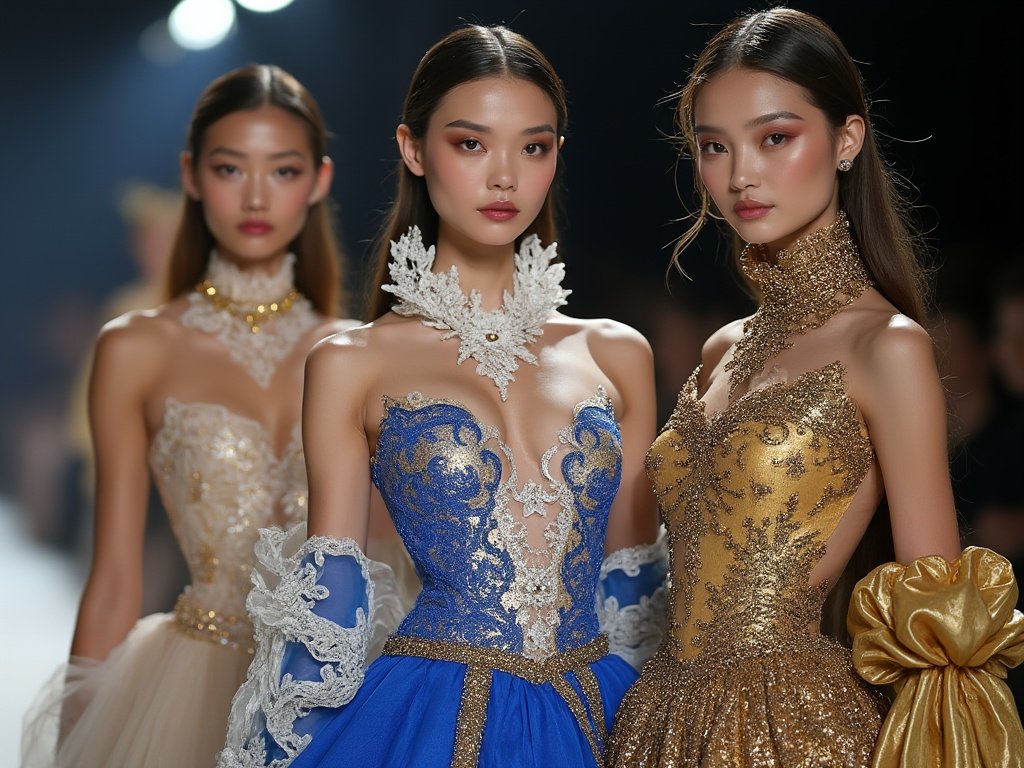
Fashion Icons of the Cavalier Period
The Cavalier Period was marked by several fashion icons whose style and choices left a lasting impression on the era.
- King Charles I, known for his elaborate and regal attire
- Queen Henrietta Maria, a trendsetter in women’s fashion
- Prince Rupert of the Rhine, famous for his flamboyant style
- Lady Anne Cavendish, celebrated for her elegant and refined taste
- Sir Richard Fanshawe, a diplomat and poet known for his sophisticated wardrobe
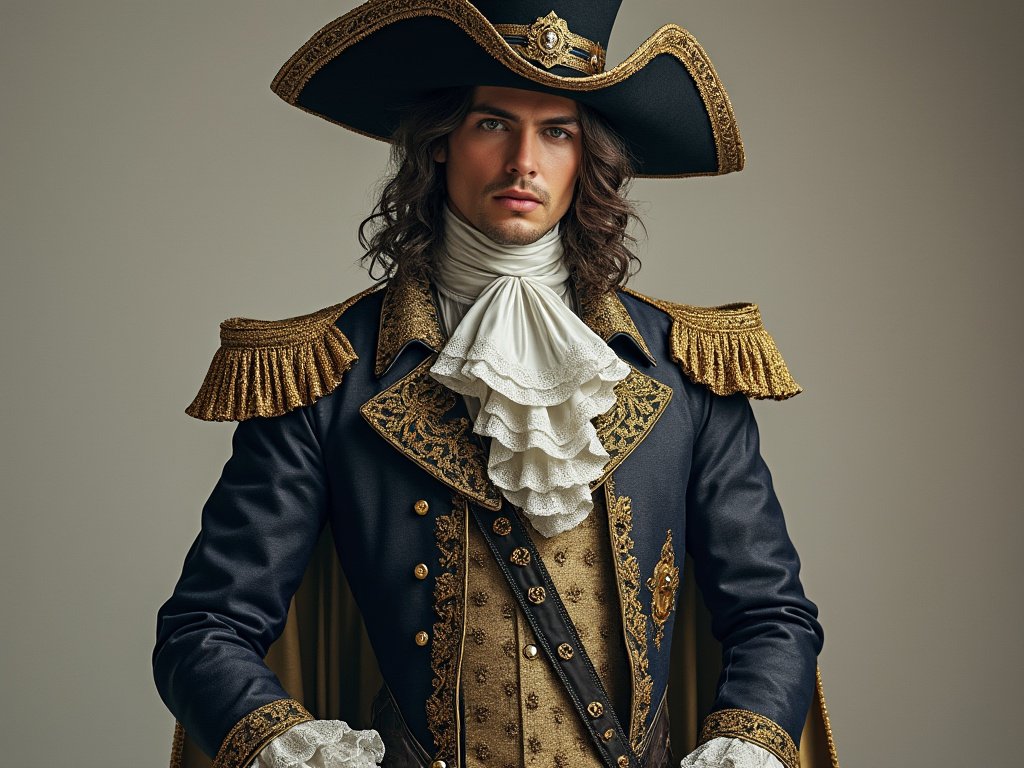
The Art of Dressing in the Cavalier Period
Dressing during the Cavalier Period was an art form in itself, requiring skill and attention to detail. The process of getting dressed was elaborate and involved multiple layers and accessories.
The Role of Tailors and Dressmakers
Tailors and dressmakers played a crucial role in creating the intricate and luxurious garments of the period. Their skill and craftsmanship were essential in bringing the elaborate designs to life.
The Process of Dressing
The process of dressing involved multiple layers and accessories. For men, this included donning a shirt, doublet, breeches, and cloak, along with various accessories such as hats, boots, and gloves. For women, the process was even more elaborate, with the addition of corsets, petticoats, and multiple layers of skirts and gowns.
The Importance of Accessories
Accessories were an essential part of the overall look. Hats, gloves, jewelry, and fans all contributed to the finished ensemble, adding to the opulence and elegance of the attire.

The Cultural Context of Cavalier Fashion
The fashion of the Cavalier Period cannot be understood in isolation from the broader cultural context of the time. The period was marked by significant social, political, and cultural changes, all of which influenced the fashion trends of the era.
The Influence of the Monarchy
The monarchy played a central role in shaping the fashion of the period. The court of King Charles I set the standard for elegance and opulence, with courtiers emulating the king’s style.
The Impact of Social Change
The period was marked by significant social change, including the rise of the middle class and the increasing importance of commerce. These changes influenced fashion trends, as more people gained access to
luxury goods and clothing.
The Role of Art and Literature
Art and literature also played a crucial role in shaping the fashion of the period. The works of painters and writers reflected the aesthetic sensibilities of the time, influencing the styles and trends of the era.
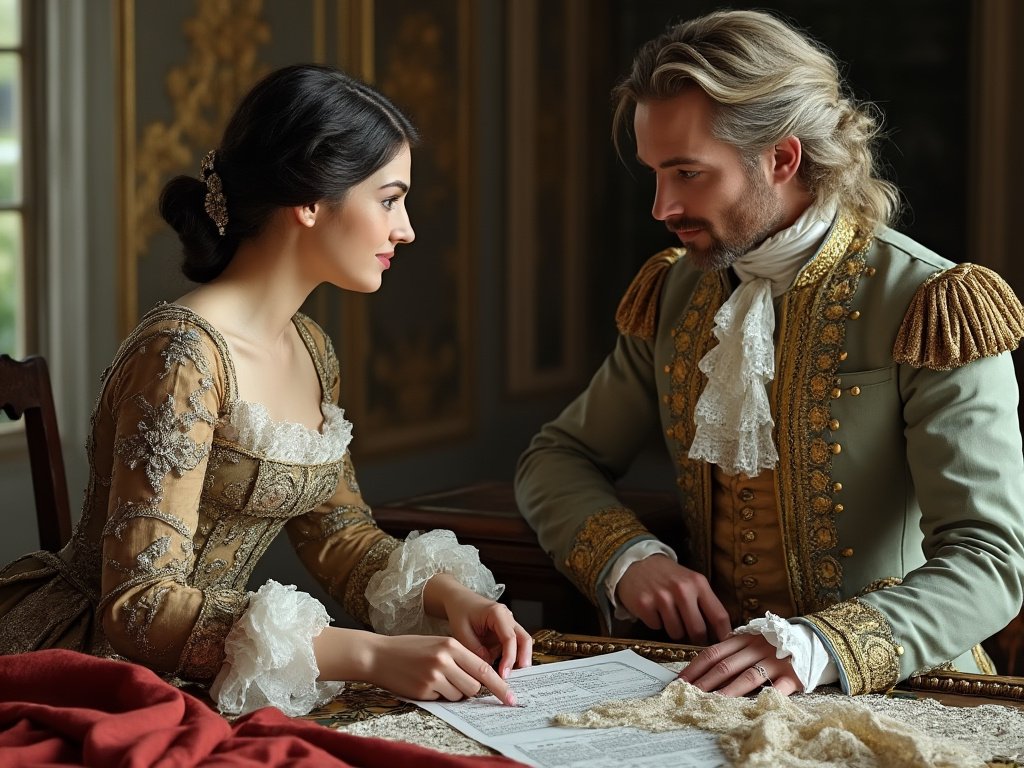
Summary Table
| Key Element | Description | Significance |
|---|---|---|
| Lace | Intricate, delicate fabric | Symbol of elegance and luxury |
| Gold | Rich, shimmering color | Indicator of wealth and power |
| Royal Blue | Deep, vibrant hue | Sign of nobility and prestige |
| Doublets | Fitted men’s jackets | Central to male attire |
| Gowns | Luxurious women’s dresses | Reflect feminine elegance |
| Accessories | Hats, gloves, jewelry | Completes the ensemble |
| Tailors | Skilled garment makers | Essential for creating luxury attire |
| Monarchy | Royal court influence | Sets fashion standards |
| Social Change | Rise of middle class | Broader access to luxury goods |
| Art and Literature | Influences from cultural works | Shapes aesthetic sensibilities |
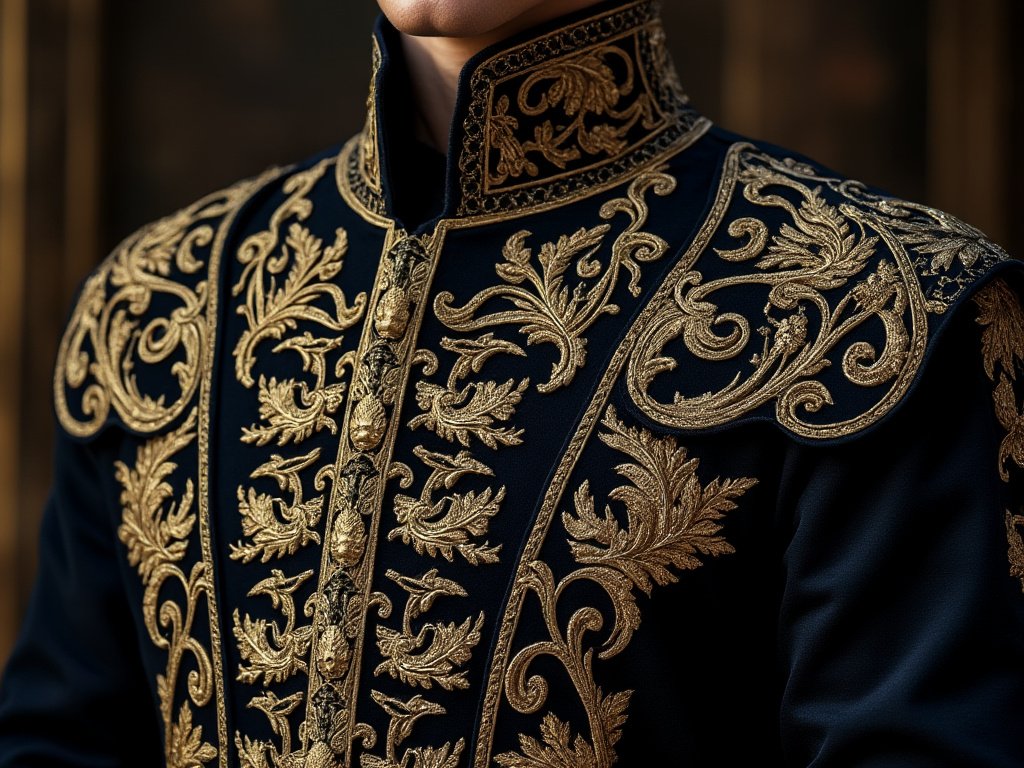
Conclusion
The Cavalier Period was a time of extraordinary fashion, where clothing was more than just a necessity; it was a statement of power, wealth, and identity.
The luxurious fabrics, intricate designs, and bold colors of the period reflected the broader social and political dynamics of the time.
Understanding the fashion of the Cavalier Period provides insight into the culture and society of the 17th century, revealing the complex interplay between clothing and identity.
Fashion from this period continues to inspire modern designers and influence contemporary styles. The legacy of Cavalier fashion, with its emphasis on opulence and individuality, remains a testament to the enduring power of clothing as a form of expression.
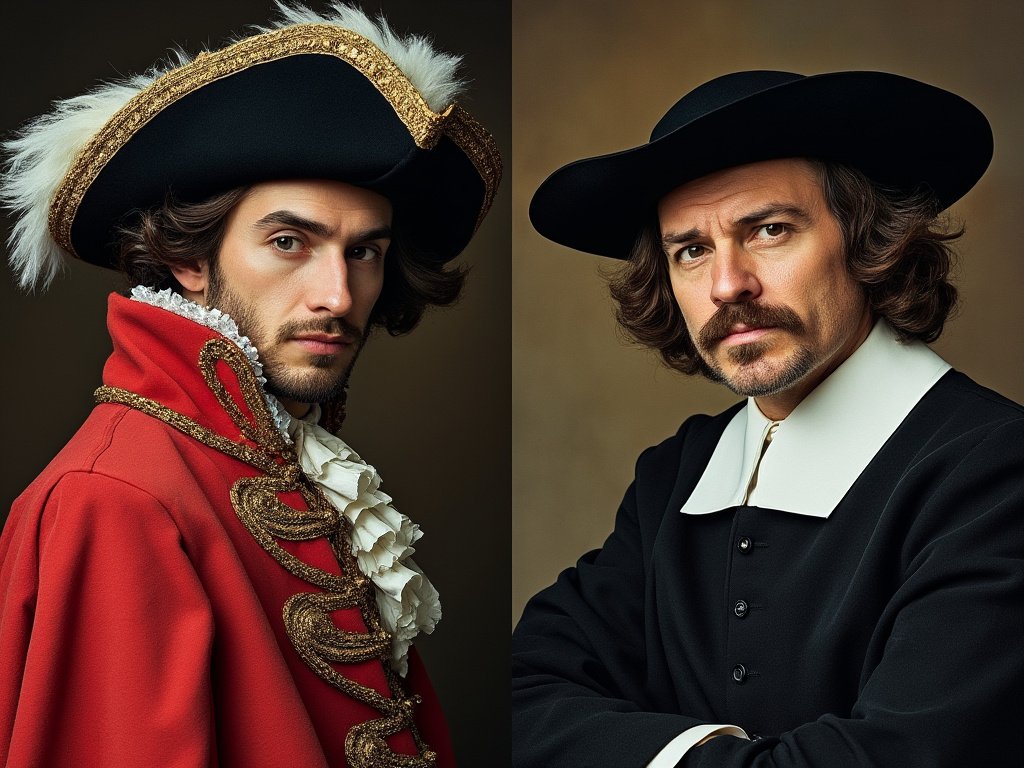
Frequently Asked Questions
What was the significance of lace in Cavalier fashion?
Lace was a symbol of elegance and luxury, often used to adorn collars, cuffs, and sleeves. It was a prized fabric, imported from France and Italy, and signified wealth and refined taste.
Why was gold a popular color in the Cavalier Period?
Gold symbolizes wealth and power. Its rich, shimmering quality made it a favorite for embroidery and threads, adding a regal touch to garments.
How did political allegiances influence fashion during the Cavalier Period?
Political allegiances were often reflected in clothing choices. Royalists, known as Cavaliers, favored elaborate and flamboyant styles, while Parliamentarians adopted more austere attire.
What role did foreign influence play in Cavalier fashion?
Foreign influence, particularly from the French court, played a significant role in shaping Cavalier fashion. The importation of French fabrics and designs integrated these influences into the English aristocratic style.
How did social change impact fashion during the Cavalier Period?
The rise of the middle class and the increasing importance of commerce allowed more people access to luxury goods and clothing, broadening the scope of fashion trends.
What were the key elements of men’s fashion in the Cavalier Period?
Key elements included doublets adorned with lace and gold embroidery, wide-brimmed hats with feather plumes, knee-high boots, richly colored cloaks, and elaborate collars and cuffs.
How did women’s fashion in the Cavalier Period differ from men’s?
Women’s fashion emphasized opulence and intricate detailing, with luxurious fabrics like silk and velvet, full skirts, fitted bodices, elaborate sleeves, and accessories such as lace collars, jeweled brooches, and ornate fans.

What was the legacy of Cavalier fashion?
Cavalier fashion influenced subsequent periods, such as the Baroque era, and continues to inspire modern designers. Its emphasis on luxury, intricate designs, and individuality has left a lasting impact on the fashion world.

Lenny Terra is a vibrant force in the world of fashion and design. Effortlessly blending his expertise in colors with a keen artistic vision, he unveils the most sought-after hues of the season, turning ordinary ensembles into iconic looks. His knack for creating visually enthralling content ensures that every piece resonates with readers, offering them a mesmerizing journey through the realms of color and fashion. Lenny’s unmatched skills not only elevate the aesthetics but also promise an enchanting experience every time. Dive into his creations and let the colors speak for themselves.
Reviewed By: Joanna Perez and Anna West
Edited By: Marcella Raskin
Fact Checked By: Sam Goldman
Photos Taken or Curated By: Matthew Mansour
